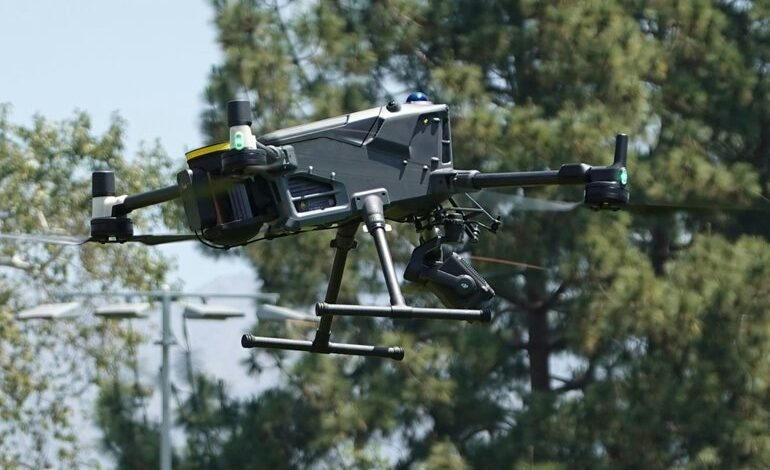Caller Risk Compliance Surveillance Integrity Center 3421949046 3511872939 3240507027 3500122511 3922212497 3703074888

Caller risk compliance plays a critical role in maintaining the surveillance integrity of telecommunications systems. Specific identifiers, such as 3421949046 and 3511872939, underscore the necessity for robust verification processes. Adherence to regulatory standards is essential to ensure accurate monitoring. Furthermore, the implementation of advanced security protocols can significantly enhance threat response capabilities. Understanding these elements is crucial for organizations looking to mitigate risks effectively. What challenges might they face in this evolving landscape?
Importance of Caller Risk Compliance
Although many organizations prioritize compliance in various areas, the importance of Caller Risk Compliance cannot be overstated in today’s regulatory landscape.
Effective caller verification processes are essential for accurate risk assessment, ensuring organizations mitigate potential threats while upholding legal obligations.
Key Identifiers in Surveillance Systems
In order to ensure effective monitoring and risk management, surveillance systems must incorporate key identifiers that enhance the ability to assess and respond to potential threats.
Caller identification is paramount, allowing for the accurate tracking of interactions.
Advanced surveillance technology should integrate these identifiers seamlessly, facilitating real-time analysis and informed decision-making, thereby empowering organizations to mitigate risks and enhance overall security.
Regulatory Standards and Compliance
How do regulatory standards shape the landscape of caller risk compliance?
Regulatory frameworks establish essential guidelines that organizations must adhere to, ensuring the integrity of caller data and interactions.
Compliance audits serve as critical assessments, verifying adherence to these standards and identifying potential vulnerabilities.
Enhancing Security Protocols in Telecommunications
The landscape of caller risk compliance necessitates robust security protocols within telecommunications to safeguard sensitive information.
Effective caller authentication mechanisms ensure that only verified users access networks, reducing fraud risks.
Additionally, implementing advanced network encryption techniques protects data in transit, fortifying overall communications security.
These enhancements not only fulfill regulatory obligations but also empower users with confidence, fostering a secure environment for information exchange.
Conclusion
In the intricate web of telecommunications, caller risk compliance serves as the vigilant sentinel, safeguarding the integrity of surveillance systems. The symphony of identifiers—3421949046, 3511872939, and others—plays a crucial role in orchestrating regulatory harmony. By weaving robust security protocols into the fabric of operations, organizations can fortify their defenses against emerging threats. Ultimately, this commitment to meticulous monitoring not only nurtures accountability but also cultivates a resilient environment, where risks are deftly mitigated and trust is meticulously upheld.




